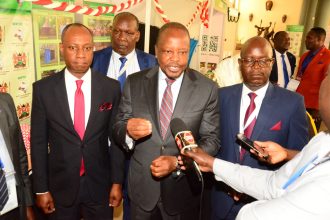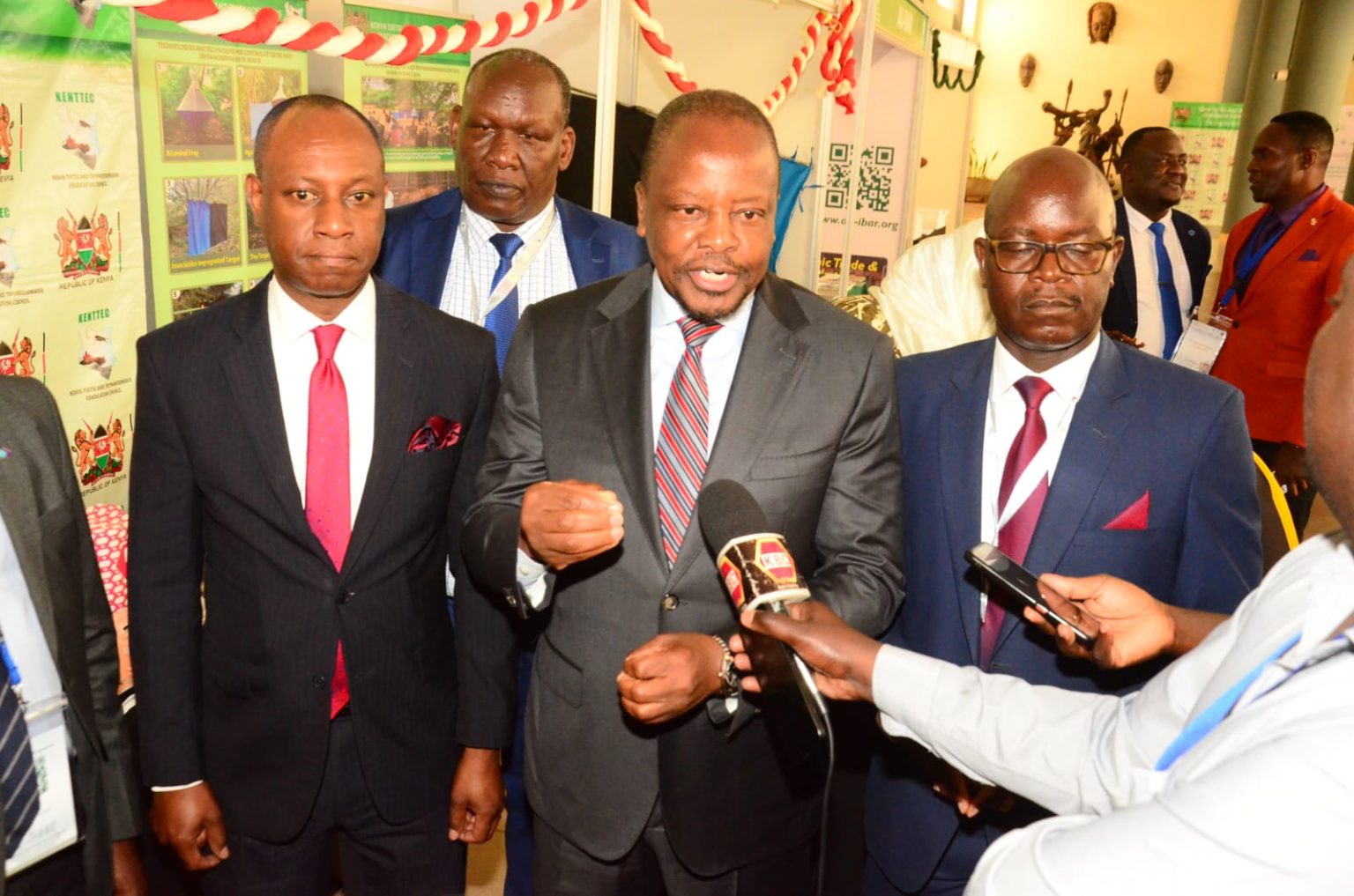By Lenah Bosibori
Scientists and experts gathered in Nairobi for the 37th Conference of the International Scientific Council for Trypanosomiasis Research and Control (ISCTRC) have been urged to join forces in finding lasting solutions to a disease and vector that have troubled Africa for more than a century.
Speaking during his opening remarks, Kenya’s Cabinet Secretary for Agriculture and Livestock Development, Senator Mutahi Kagwe, expressed optimism that the five-day meeting would generate strong recommendations to guide the sustainable elimination of tsetse flies and trypanosomiasis across the continent.
“I wish to urge you, as experts and scientists, to work together to find solutions to the challenges Africa has faced for over a century,” Kagwe said. “I am confident that your discussions will yield valuable recommendations for sustainable elimination of tsetse flies and trypanosomiasis from Africa.”
The conference has drawn more than 300 delegates from across the globe under the theme ‘Harnessing One Health Technologies and Innovations Towards Eliminating Trypanosomiasis in Africa.’
The conference is hosted by the African Union Inter-African Bureau for Animal Resources (AU-IBAR), in partnership with the Government of Kenya and the Kenya Tsetse and Trypanosomiasis Eradication Council (KENTTEC), from September 15 to 19, 2025.
Kenya is among 38 African countries affected by the tsetse fly, with about 23% of its landmass infested. According to Kagwe, this poses a serious threat to livestock and agricultural productivity, particularly in rangelands where more than 70% of the country’s livestock is kept. He noted that the economic loss linked to tsetse and trypanosomiasis in Kenya is estimated at KES 18.5 billion ($143) million each year.
“The impact of this disease is felt across sub-Saharan Africa. It is crucial that we work together because this challenge transcends boundaries, sectors, and disciplines,” Kagwe added.
Kenya has been active in the Pan-African Tsetse and Trypanosomiasis Eradication Campaign, an initiative led by the African Union. Kagwe highlighted progress made in reducing infestations, saying that areas once heavily affected are now able to support profitable agriculture.
He also celebrated Kenya’s milestone on June 16, 2025, when the World Health Organization validated the country as having eliminated Human African Trypanosomiasis, also known as sleeping sickness, as a public health problem.
Dr. Huyam Salih, Director of AU-IBAR, said the conference comes at a crucial time, with trypanosomiasis continuing to undermine the livelihoods of livestock-dependent communities, deny employment opportunities for youth, and contribute to malnutrition and stunting among children due to reduced livestock productivity.
“While we acknowledge the significant strides made in reducing sleeping sickness cases, we must not be complacent. The disease still inflicts untold suffering, and our mission is far from complete,” Salih said.
“My call to you today is clear: we must accelerate our efforts. Let us unlock the power of collaboration and innovation, guided by One Health recognizing the deep link between livestock production, ecosystem integrity, climate change, public health, and the fight against trypanosomiasis.”
Currently, 38 out of Africa’s 55 countries are affected by tsetse and trypanosomiasis. An estimated 50 million cattle are at risk, with about 3 million dying annually. The economic burden, including reduced meat and milk production, treatment costs, and vector control, is estimated at $1.2 billion every year.
“There is a need to foster cross-sector collaboration and coordination between medical, veterinary, and environmental agencies, and to align national, regional, and continental strategies,” Salih added.



